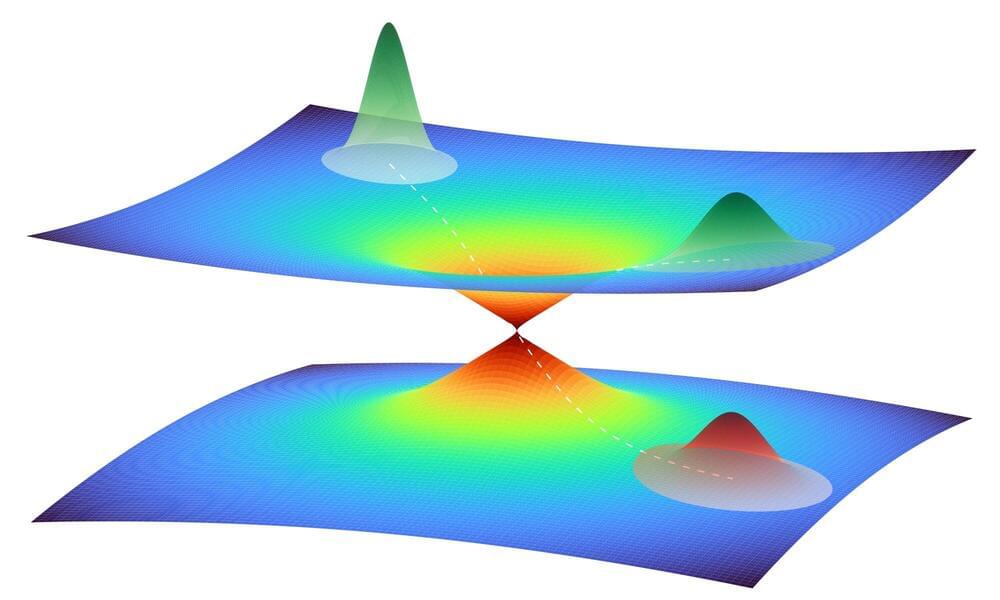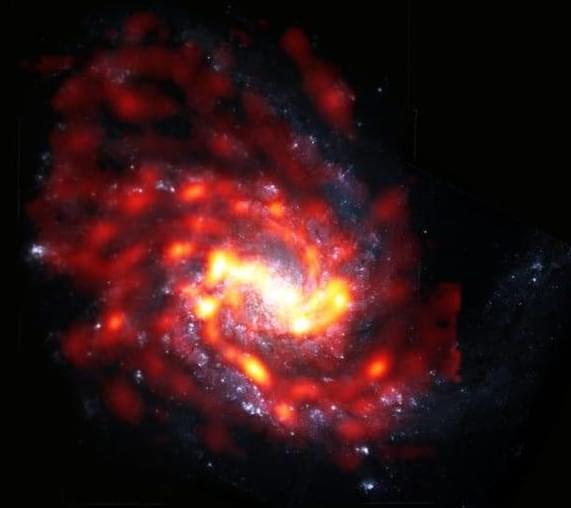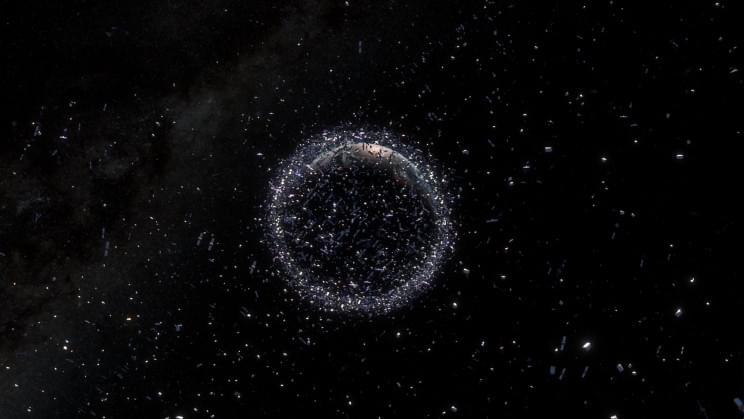I wonder what the Sputnik moment would need to be in the AI race to trigger panic AI research spending in the US. It would probably have to be China hitting AGI first.
Native CPU and accelerator architectures that have been in play on China’s previous large systems have been stepped up to make China first to exascale on two fronts.
The National Supercomputing Center in Wuxi is set to unveil some striking news based on quantum simulation results on a forthcoming homegrown Sunway supercomputer.
The news is notable not just for the calculations, but the possible architecture and sheer scale of the new machine. And of course, all of this is notable because the United States and China are in a global semiconductor arms race and that changes the nature of how we traditionally compare global supercomputing might. We have been contemplating China’s long road to datacenter compute independence, of which HPC is but one workload, and these are some big steps.








